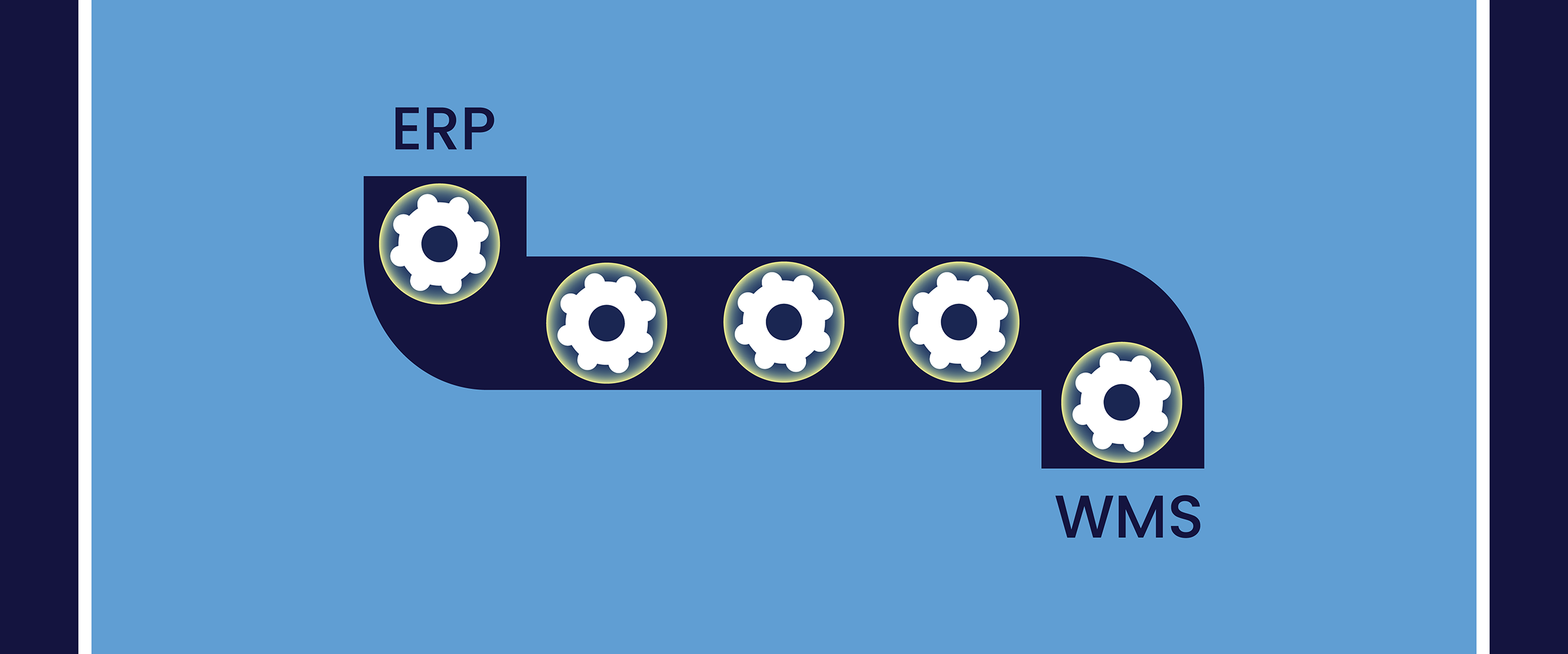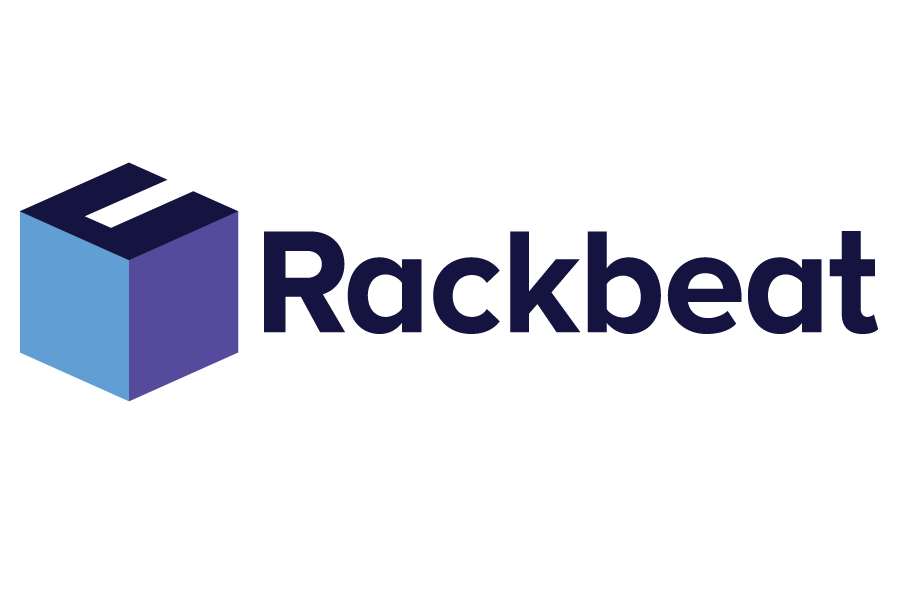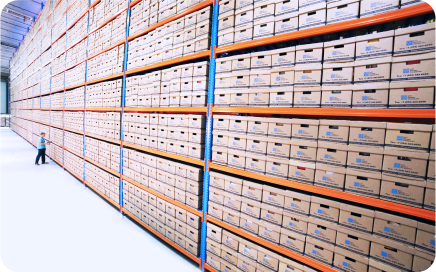Warehouse and ERP Integration: Boost Your Efficiency
By Rackbeat April 11, 2025

When your inventory management doesn’t sync with the rest of your business, even the simplest processes can turn into chaos. A sold item isn’t updated in the warehouse management system. A purchase order doesn’t show up in the accounts. Suddenly, you’re facing empty shelves, delayed deliveries, or duplicate admin work.
That’s why more and more companies are integrating their warehouse management system with their ERP or accounting software. It creates alignment across departments – and enables a smoother flow from order to delivery and invoicing.
In this article, we’ll walk you through what warehouse–ERP integration really means, the concrete benefits, and what to consider before getting started.
What Does It Mean to Integrate Warehouse and ERP?
Integrating a warehouse management system (WMS) with an ERP system means enabling automatic data exchange between the two. In other words, the data you enter in one system is automatically updated in the other – no need for double data entry.
Typical data that is synced includes:
Inventory levels and stock movements
Purchase and sales orders
Customer and supplier information
Invoices and credit notes
Item usage and cost prices
This gives you one unified data foundation across your business, saving time and reducing errors – while connecting warehouse management, order management, and procurement in one flow.
The Benefits of Integrating Warehouse and ERP
1. Time Savings in Admin
Manually transferring data between systems is time-consuming – and often a source of errors. Integration allows you to automate many daily tasks: Data from your WMS, such as order and purchasing details, is instantly available in your ERP or accounting system. When goods are received, the costs are also automatically updated. This reduces double work and frees up time for higher-value tasks.
2. Accurate and Up-to-Date Data
One of the biggest challenges in businesses with disconnected systems is uncertainty around inventory and financial metrics. By gathering data in one place – and keeping it updated in real-time – you can make confident decisions. This applies to everything from inventory control to procurement and sales reporting.
3. Better collaboration across departments
When warehouse and finance are in sync, it’s easier for sales, purchasing, and accounting to work from the same data foundation. The warehouse sees which orders are paid. Sales knows what’s in stock. Accounting gets the documentation they need – automatically. This creates transparency and reduces misunderstandings.
4. Faster and more reliable deliveries
With updated stock levels and automated order flows in your WMS, you can deliver faster – and more accurately. That improves customer satisfaction and strengthens your relationships with both customers and suppliers. You avoid selling items you don’t have in stock and can easily reorder when your minimum stock level is reached.
5. Improved financial overview
When inventory levels, cost prices, and consumption data are automatically updated in your ERP system, you get a more accurate picture of your business finances. It becomes easier to calculate gross profit, identify slow-moving items, and plan purchases based on real demand.
What Should You Be Aware Of?
Before you start integrating your WMS with your ERP system, there are a few important questions to ask:
What data needs to be exchanged between the systems?
Do you need a standard integration – or something custom-built?
How will the integration affect your current workflows?
Are your employees ready to work in a fully connected system?
A good integration is not just about tech – it’s also about processes and people. Make sure to involve both IT and business stakeholders early in the planning.
Want to See the Integration in Practice?
If you’re considering integrating your warehouse with an ERP system – or simply want to understand how it works in day-to-day operations – we’re here to help.
We offer an informal online meeting with one of our specialists, where we walk through:
Which ERP/accounting systems Rackbeat integrates with
How the integration works in practice
What it takes to get started
You’ll get clear answers and advice tailored to your business needs – no strings attached.




